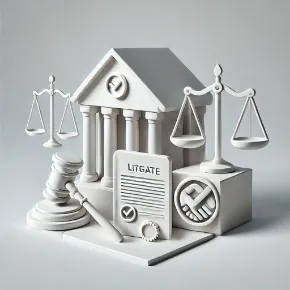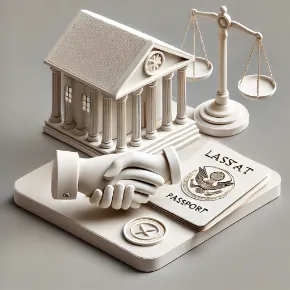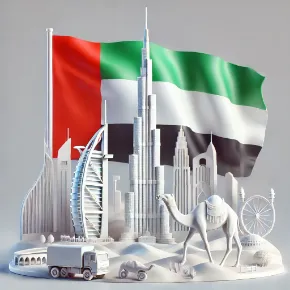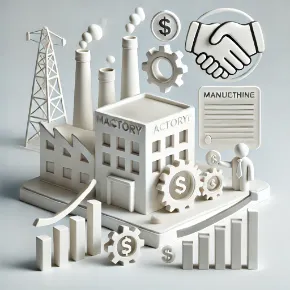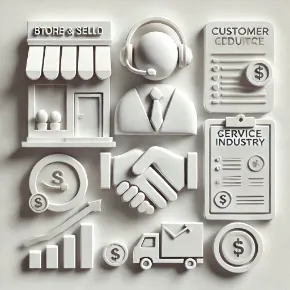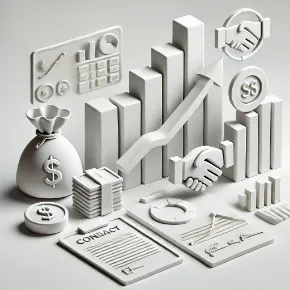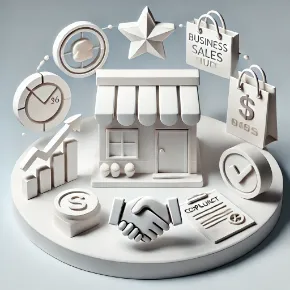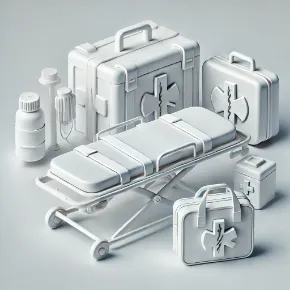US-China Trade Thaw Eases Pressures on Global Supply Chains (November 4, 2025)
Welcome to your daily update on shop.a.land, where we spotlight the latest cross-border trade opportunities, import/export insights, and dropshipping strategies to help you thrive in GCC, USA, and European markets. Today, we're focusing on how recent US-China agreements are reshaping tariffs and freight dynamics, creating fresh openings for B2B partnerships and efficient dropshipping flows.
Market Highlights
New Developments
- The US and China have reached a preliminary trade deal, suspending U.S. Section 301 tariffs on certain Chinese ships for one year starting November 10, 2025, while China lifts retaliatory tariffs on U.S. goods and eases export controls on rare earth minerals essential for electronics and renewables.
- EU exports to the US surged 6% in early 2025, driven by pharmaceuticals and machinery, as global trade volumes grew by $300 billion in the first half of the year, with developed economies like the EU and US leading the rebound.
- Air freight rates from Shanghai to the US have dipped to $4.16 per kg, down from peak-season highs, signaling stabilizing shipping costs amid diversified routes avoiding tariff hotspots.
Why This Matters
These shifts lower barriers for tech and component importers in the GCC and Europe, where reliance on Asian sourcing is high, potentially cutting landed costs by 10-15% for dropshippers handling electronics or sustainable goods. For US wholesalers, eased rare earth access boosts manufacturing margins, while European exporters gain from stronger transatlantic demand, fostering balanced B2B flows.
Actionable Suggestions
Scan your supplier roster for rare earth-dependent products and pivot to US-sourced alternatives now to capitalize on the suspension—aim for contracts with built-in tariff-adjustment clauses. Dropshippers targeting GCC markets should bundle EU-origin pharma with Asian electronics for hybrid shipments, leveraging lower air rates to trim fulfillment times under 7 days.
Business & Financial Overview
Market Indicators
The USD holds steady against the EUR at around 1.1514, a slight 0.05% dip today, making European imports more affordable for US buyers but pressuring GCC traders tied to the AED's dollar peg. Trade volumes in G20 merchandise rose 2.0% in exports and 3.1% in imports for Q1 2025, though US-EU deficits widened to $276 billion annually amid tariff uncertainties. Fed rates remain elevated at 4.75-5%, cooling inflation but squeezing B2B financing for high-volume imports.
Bulk Buyer Perspective
Large-scale wholesalers in the GCC are consolidating orders for US soybeans—now committed at 12 million metric tons for late 2025—to hedge against volatility, while European multinationals like those in Italy's pharma sector are scaling B2B deals with US partners, capitalizing on a 3% export uptick in medical supplies.
Expert Quote
"With tariffs in flux, GCC firms should prioritize diversified sourcing from Europe and the US to build resilience—strategic warehousing in Dubai free zones can slash lead times by 30% while navigating USD strength." – Tarik Alami, Supply Chain Expert with 25+ years in GCC logistics.
B2B Collaboration & Dropshipping Tips
Best Practices for Cross-Border Deals
In GCC-US partnerships, verify compliance with updated USMCA rules for auto parts to sidestep 25% tariffs on non-energy goods from Mexico/Canada proxies—always include force majeure clauses for rare earth delays. For Europe, align on GDPR data sharing in B2B contracts to smooth digital supply chain integrations.
Product Spotlights & Trends
Electronics and fashion lead B2B demand, but eco-friendly kitchenware and recycled apparel are surging in Europe (up 78% search interest in August 2025), while GCC markets crave smart home devices like thermostats for energy-efficient builds. Dropshippers note a 25% CAGR in global dropshipping, with toys and personal care edging out as evergreen niches.
Logistics & Fulfillment
Opt for hybrid ocean-air routes from EU hubs like Rotterdam to GCC ports, partnering with providers offering UAE/Europe warehousing to cut last-mile costs by 20%. For US dropshippers, consolidate de minimis-exempt parcels via LCL to bypass new flat fees ($80-200 tiers), ensuring under-5-day delivery to high-volume buyers.
Key Takeaways & Contact
The US-China thaw and softening freight rates open doors for cost savings and agile B2B ties across GCC, USA, and Europe—act swiftly to renegotiate terms and diversify products for Q4 gains. Need tailored guidance? Contact us anytime at info@shop.a.land.
Tomorrow, dive into leveraging AI for predictive dropshipping in sustainable niches across the Gulf.









